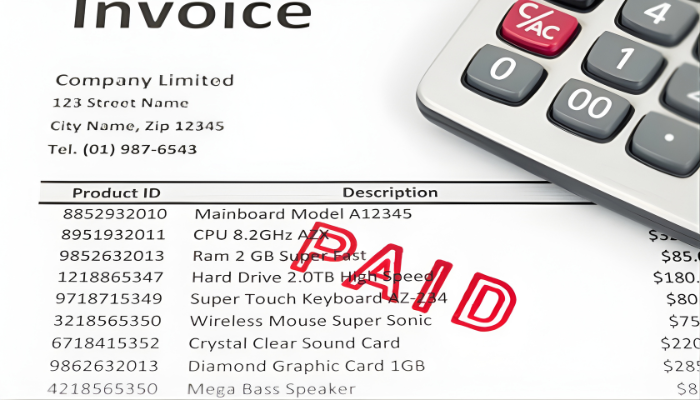
When an entrepreneur first has an idea sketched out in a notebook, they dream about results more than costs. Even when considering costs, it is often too easy to just see incoming and outgoing materials. Buy item X at this price and sell it at that price for this much profit. There are, however, hidden costs that often cannot realistically be considered until they are first faced by an owner. The cost of lingering supplies and materials in a warehouse is one such hidden cost not usually realized in initial plans.
The Hidden Costs of Shelved Product
Assess your practices and pinpoint where the costs are that need to be cut. For example, the costs of financing inventory through traditional lending institutions can weigh heavily on a ledger long-term. When you buy materials and supplies traditionally, you are financing them from the date of purchase until the day when a contract calling for those materials is paid. This period often ranges between 30 to 90 days or more.
Other warehouse management costs are also often not considered until they occur and become costly. Product damage through day-to-day operations can be costly when dealing with expensive or fragile goods. Mistakes do happen and accidents occur. Some products simply have a faulty design and construction. Product damage is a cost that must be considered for any warehouse that uses human labor.
In rapidly changing industries, it is not uncommon to run into the issue of product obsolescence. The products, over time, will become outdated and will sit unused in perpetuity. For obsolete products, the initial purchasing cost is never recovered. Unrecovered initial costs are also a factor of theft. Whether we believe in or employees and hiring practices, it has been shown that employee theft is a reoccurring problem in warehouses nationwide.
When a business owner realizes that they have shelved so many products that the warehouse resembles a storage facility more than a temporary locator station en route to profit, then costs need to be reduced. But how can you cut costs when materials and supplies are such a vital factor in your daily operations?
Lowering Warehouse Costs with Accounts Receivables Funding
One solution to the problem of increasing warehouse management costs is to decrease the cost of purchasing (usually done through financing) the inventory. To reduce costs, many companies are now forming beneficial, debt-saving relationships with financial factoring companies.
What is Accounts Receivables Funding?
Accounts receivables funding (factoring) is a cost-effective, no-debt financing strategy by which your company can avoid the slow-paying system that often brings the cash flow of many companies to a halt.
Your company would see the invoices to a financing company (known as the factor), which would then quickly advance your company a percentage of the invoices minus costs and fees. When your customer pays their contract, the factor will collect the receivable account. Adjustments are then made and your company will receive the difference between the original payment and the customer’s final payment.
The fees will not be surprise costs. When you interview representatives from potential factoring companies, they will explain to you in detail the fee structure. You may choose which invoices to factor, however, you will usually save on costs and fees when you factor more invoices than less. There is a savings to volume.
You will not have to provide financial statements not have A+ credit to take part in factoring. The credit and reliability of your customers (the account debtor) is more important to the factoring process than your own. Factoring is not a traditional lending program in that sense.
How can Factoring Help Your Company Lower Your Warehouse Management Costs?
Through factoring, you will lower your product financing costs by prepaying your goods and supply vendors for your inventory purchases. Because of this, you may also open your company up to price negotiations and invoice discounts because of the rapid payment. You will be able to prove a strong payment history that merits consideration by your vendors when negotiating prices for goods and services.
Freight companies can also be prepaid so that you may reduce freight costs. Factoring can also cover items such as gas cards and payroll that are also substantial to the overhead costs of your company.
Through factoring, you will free up your cash flow fluidity so that you can now pay in cash for what you would normally have had to finance. Factoring is an advantage to small to medium sized businesses who simply want to keep their capital working for them rather than being tied up in financing payments to banks.
Factoring is a successful strategy that keeps a company growing, wades through economic storms, and makes the company enjoyable to run again.















